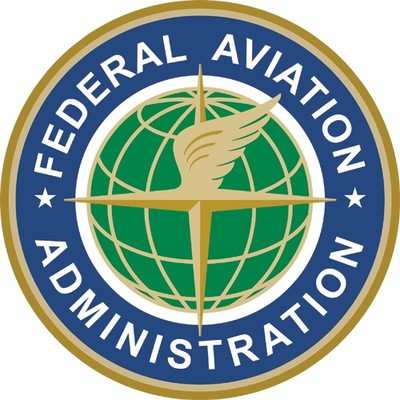Wed, Sep 04, 2013
Revision Accommodates Changes To TCAS V7.1
The FAA has released an Advisory Circular (AC) to provide applicants with guidance for obtaining an airworthiness approval for traffic alert collision avoidance systems II (TCAS II). It also provides guidance for certification of a stand-alone Mode S transponder system.

The AC includes the TCAS II versions 7.0 and 7.1 along with the latest iteration, which is version 7.1 containing hybrid surveillance functionality as defined by TSO-C119d.
The AC was written "to guide applicants seeking airworthiness approval for TCAS II version 7.1 (V7.1) that are certified to technical standard order (TSO) C119c or TSO-C119d, Traffic Alert and Collision Avoidance System (TCAS) Airborne Equipment, TCAS II with Hybrid Surveillance. Guidance is also provided for those applicants seeking airworthiness approval for stand-alone Mode S transponders that are certified to TSO-C112d, Air Traffic Control Radar Beacon System/Mode Select (ATCRBS/Mode S) Airborne Equipment. The guidance presented in this AC can also be used for those seeking airworthiness approval for TCAS II version 7.0 (V7.0) that are certified to TSO-C119b, Traffic Alert and Collision Avoidance System (TCAS) Airborne Equipment, TCAS II."
The AC is not mandatory, the FAA says, and is not to be considered a regulation. The AC has been revised to accommodate the changes of TCAS V7.1, incorporate lessons learned since the last revision to the AC, and add policy for the hybrid surveillance functionality. The most significant change associated with the latest iteration of the TCAS II TSO Standard, TSO-C119d, is the requirement to incorporate RTCA/DO-300A Hybrid Surveillance functionality. This requirement has been added principally as a means of reducing congestion on the 1090 Mhz frequency while airborne and when on the ground.
More News
Also: Netherlands Donates 18 F16s, 2 737s Collide On Ramp, E-7 Wedgetail Cut, AgEagle's 100th In S Korea The Pilot and Aircraft Privacy Act was introduced in the House by Represent>[...]
Pilot Also Reported That Due To A Fuel Leak, The Auxiliary Fuel Tanks Were Not Used On June 4, 2025, at 13:41 eastern daylight time, a Piper PA-23, N2109P, was substantially damage>[...]
Have A Story That NEEDS To Be Featured On Aero-News? Here’s How To Submit A Story To Our Team Some of the greatest new stories ANN has ever covered have been submitted by our>[...]
From 2023 (YouTube Edition): Reflections on War’s Collective Lessons and Cyclical Nature The exigencies of war ought be colorblind. Inane social-constructs the likes of racis>[...]
What Goes Around, May Yet Come Back Around, Klyde FMI: www.klydemorris.com>[...]
 Airborne 06.30.25: US v ADS-B Misuse, Natl STOL Fire, Volocopter Resumes
Airborne 06.30.25: US v ADS-B Misuse, Natl STOL Fire, Volocopter Resumes NTSB Prelim: Piper PA-23
NTSB Prelim: Piper PA-23 ANN FAQ: Submit a News Story!
ANN FAQ: Submit a News Story! Classic Aero-TV: One Mans Vietnam
Classic Aero-TV: One Mans Vietnam Klyde Morris (06.30.25)
Klyde Morris (06.30.25)



